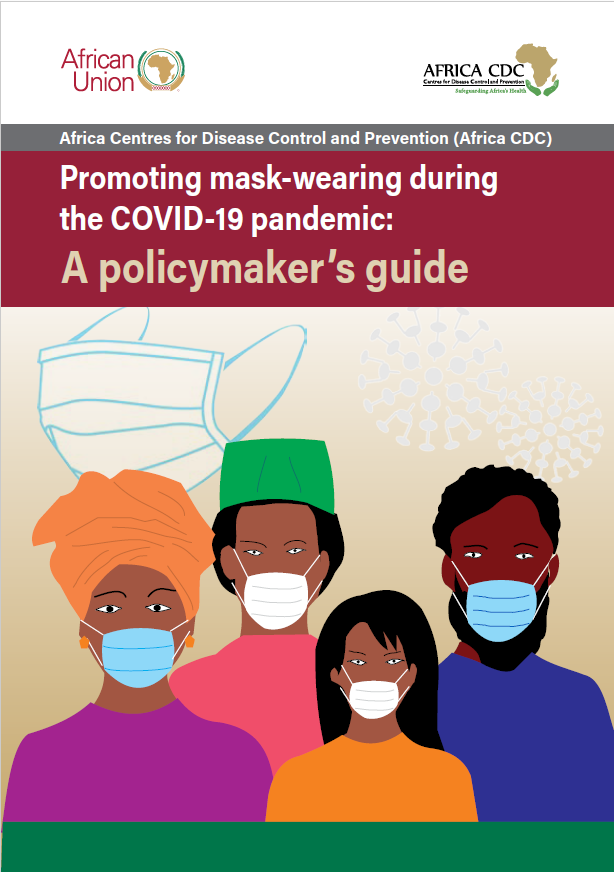Use of face masks and cloth face coverings has been shown to reduce transmission of SARS-CoV-2, the virus that causes COVID-19. Along with handwashing and physical distancing, wearing a mask is one of three key measures that people can take to decrease their own risk of contracting COVID-19 and decrease the chances of infecting someone else.
This document draws on scientific evidence from the COVID-19 pandemic and from prior public health research on behaviour change, with the purpose of empowering African Union Member States to promote widespread adoption of masks in the general population. This document complements existing Africa CDC technical guidance on the community use of face masks.
